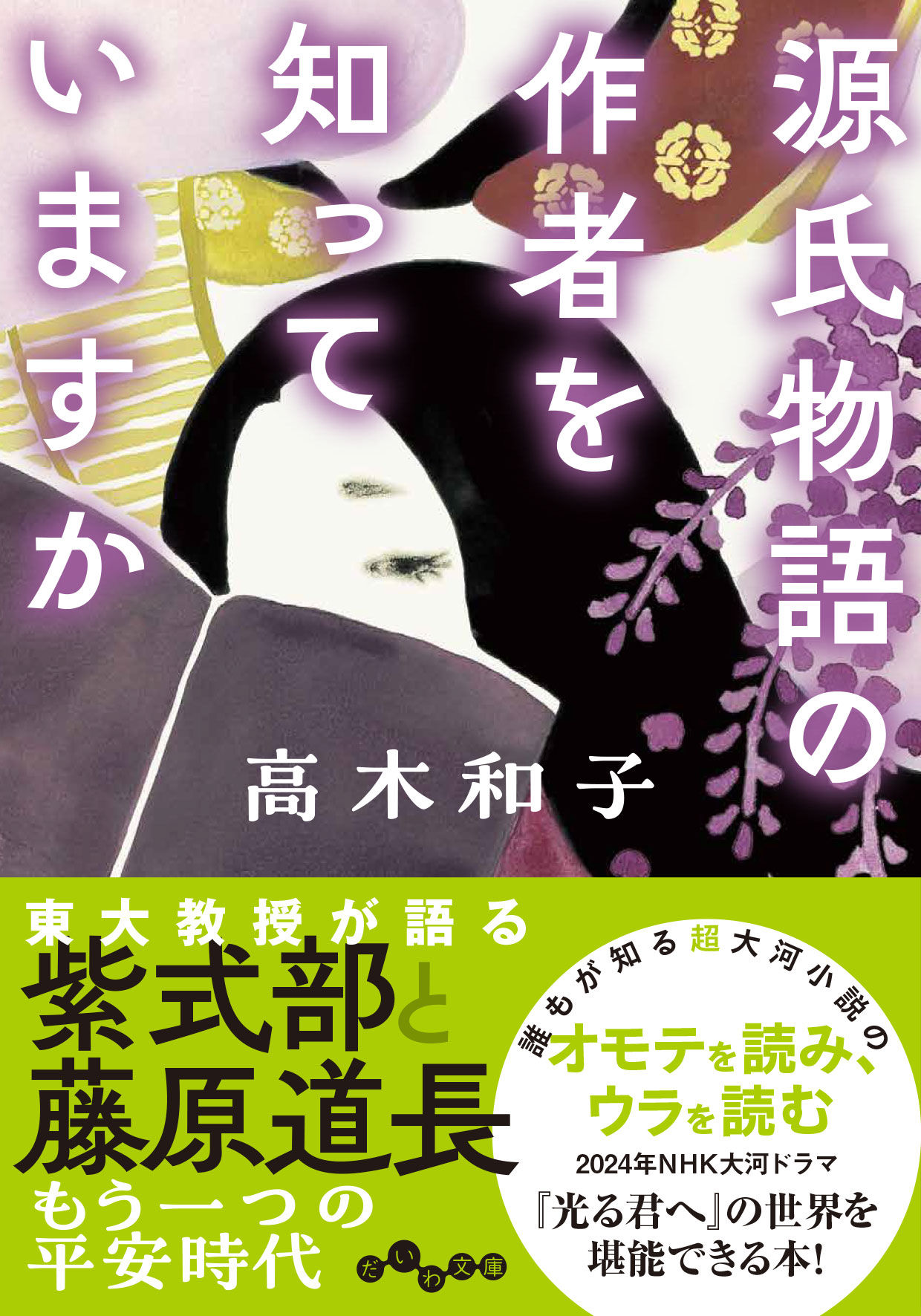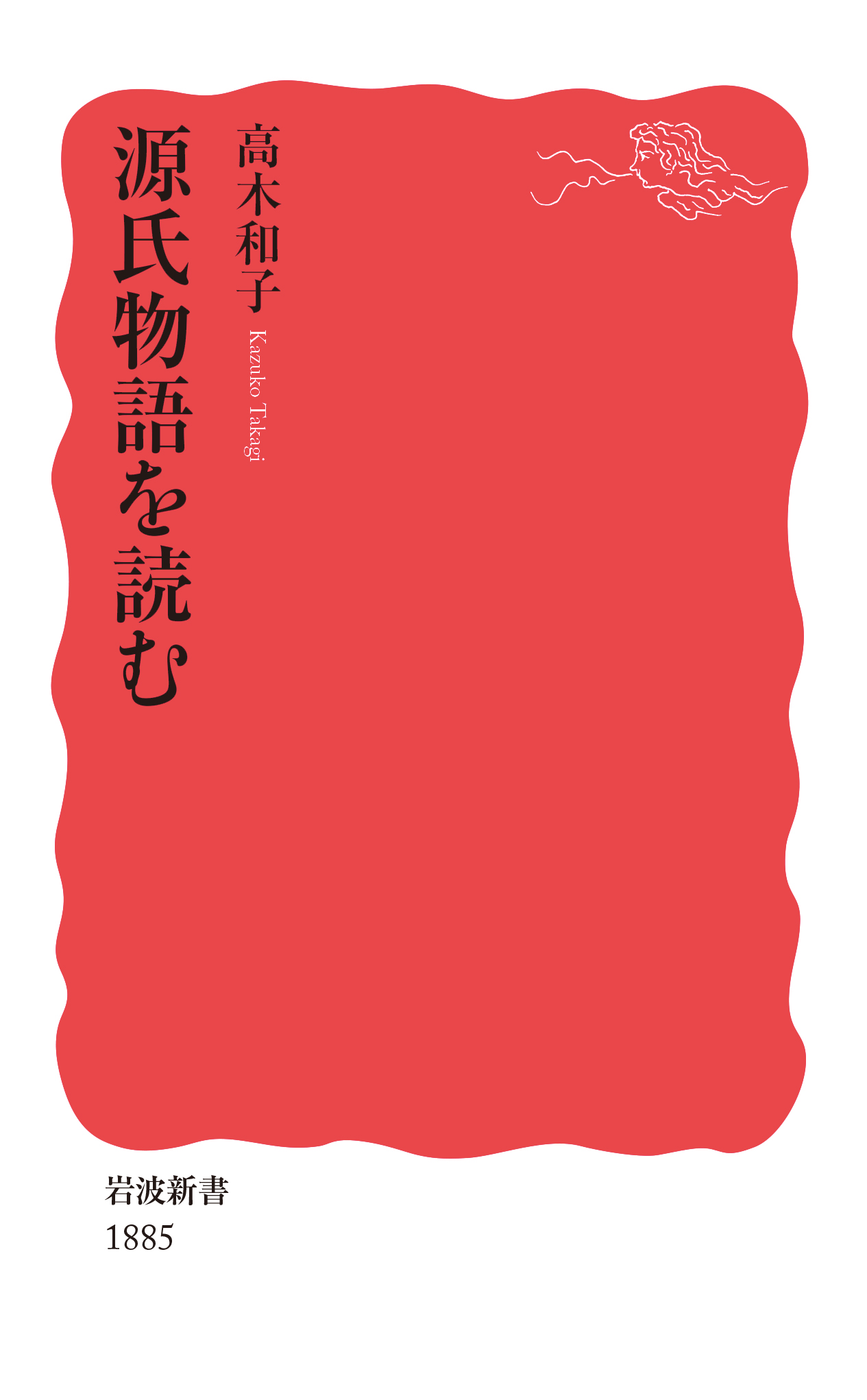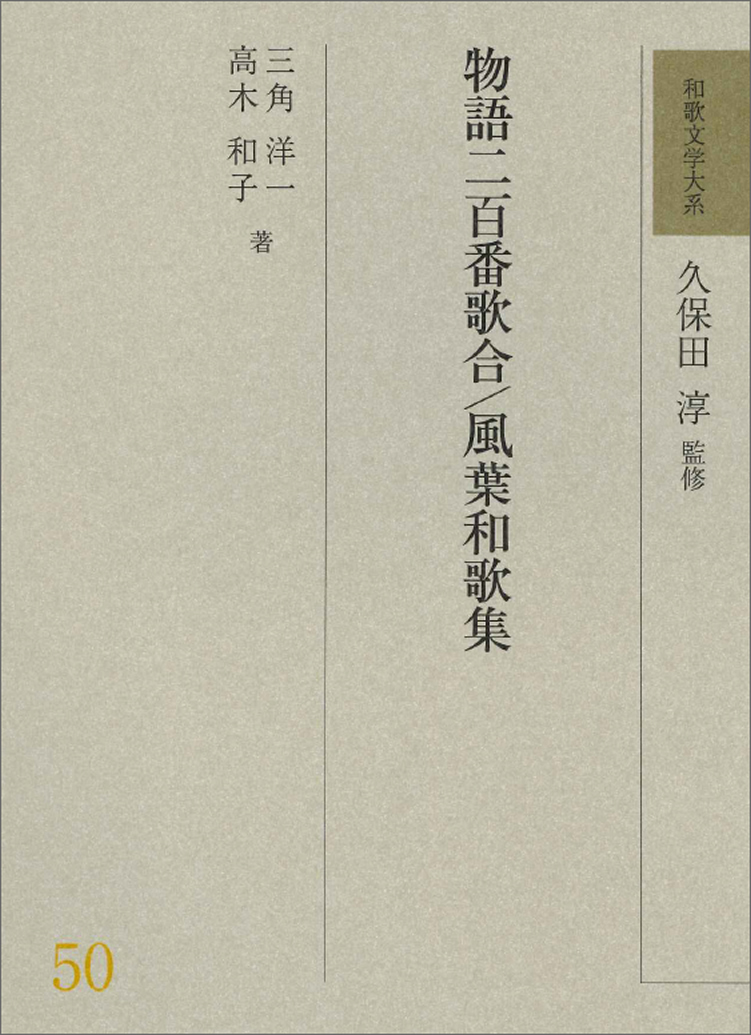
Title
Aratanaru Heianbungaku kenkyu (The New Study of Heian Literature)
Size
235 pages
Language
Japanese
Released
2019
ISBN
978-4-909181-21-3
Published by
Seikansya
Book Info
See Book Availability at Library
Japanese Page
Professor Emeritus Katsumi FUJIWARA, an expert in Japanese literature and Sino-Japanese literature, retired from the University of Tokyo in March 2018 after 20 years of service. This book contains articles by his younger-generation students and his co-worker, Professor Kazuko TAKAGI, including their achievements during their enrollment at the University of Tokyo and cutting-edge research on Heian literature. We celebrate Professor Emeritus Katsumi FUJIWARA’s longevity and prosperity by dedicating this book to him.
After the preface by Katsumi FUJIWARA, the first part of the book, “Chinese poetry and Japanese poetry Waka” includes three papers. Liao Rongfa, in “Sugawara no Michizane’s ‘Ten Poems on the Early Cold’ (kansō jusshu) and the exile literature of Bai Juyi, Liu Yuxi, and Yuan Zhen”, argues that the ten poems by Michizane were influenced by the exile literature of Bai Juyi, Liu Yuxi, and Yuan Zhen. Song Han, in the “Recited Preface to Festival Poems,” shows the artistic effect of a preface to festival poems at the time, written in an elaborate but somewhat esoteric style, focusing on the fact that this genre of prose was recited at the banquet hall. Tomoko TANAKA’s “Study of the influence of Kokinwakarokujo on The Tale of Genji: Focusing on ‘Omokage’” argues that the refinement of the distinctive expression of “waka” in Kokinwakarokujo influenced the prose expressions in The Tale of Genji.
The second part of the book contains four papers on The Tale of Genji. “Oborodukuyo’s serving and assumption of naishinokami” by Kazuki YAMAGUCHI states that Oborodukuyo’s character as naishinokami is based on naishinokami in a past story but describes a more complicated sentiment. “Hyoubukyou no miya and Hikaru Genji: Focusing on the Sakaki” by Keiichiro KITAHARA is a character study of Hyobukyou no miya that mainly focuses on the political situation of Hikaru Genji until the chapter on Sakaki. Kenta INOUCHI’s “Kaoru’s karma” focuses on how Kashiwagi’s affair with Onna san no miya affects their son, Kaoru in The Tale of Genji. “Expressions Related to Tears in E.D. Seidenstickers’s Translation of The Tale of Genji” by Yuko HAYASHI is a research on tear-related expressions in Chapter 1 to Chapter 41 of the translation. The translator repeatedly mentions that he needed to reduce the “amount of tears” so that English-speaking readers would not get false impressions on Genji characters. The research shows that 15 percent of the tear-related expressions were removed.
The last part of the book has two papers on “Records and Diaries.” In “‘Memoirs’ and the culture of record-keeping in the Heian aristocracy,” Antonin Ferré analyzes the widespread emergence of “memoirs” (nikki) in tenth-century Japan as the sign of a novel, idiosyncratic culture of the archive. Kazuko TAKAGI argues in “Long-form structure in Sarashina nikki” that the Sarashina nikki was reconstructed mainly through expressions and structure in The Tale of Genji, based on the actual experiences of Sugawara no Takasue’s daughter.
We sincerely hope that young scholars who are dedicating themselves to their own research and education in various parts of the world and in Japan continue to play active roles in advancing Heian literature research. We sincerely pray for Professor Emeritus Katsumi FUJIWARA’s continued health and well-being.
(Written by TAKAGI Kazuko, Professor, Graduate School of Humanities and Sociology / 2020)



 Find a book
Find a book






